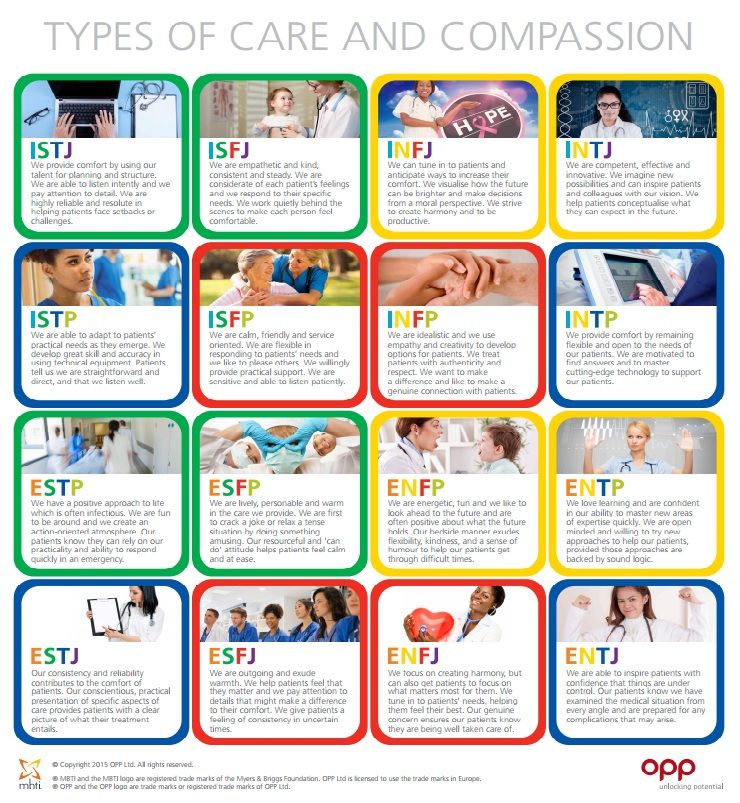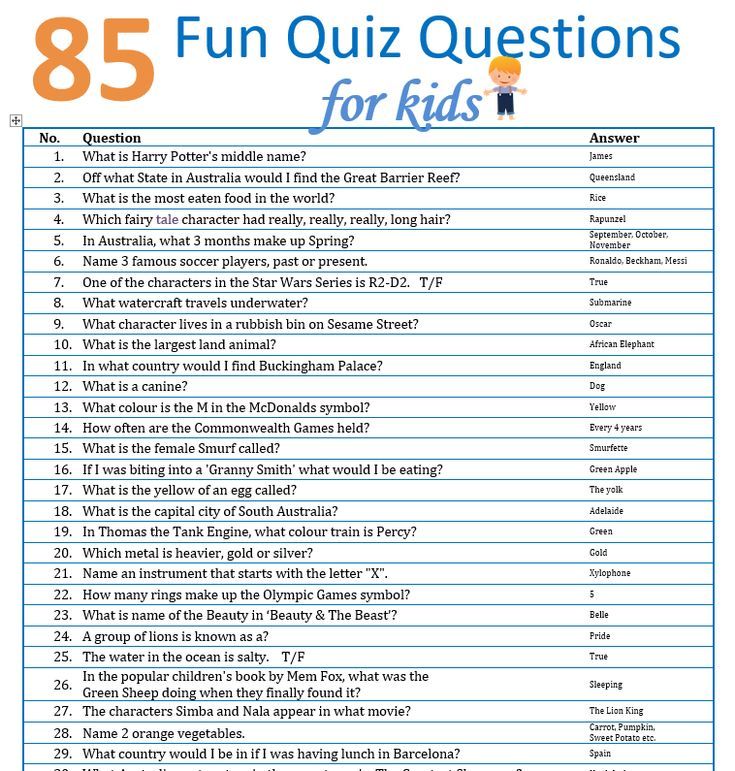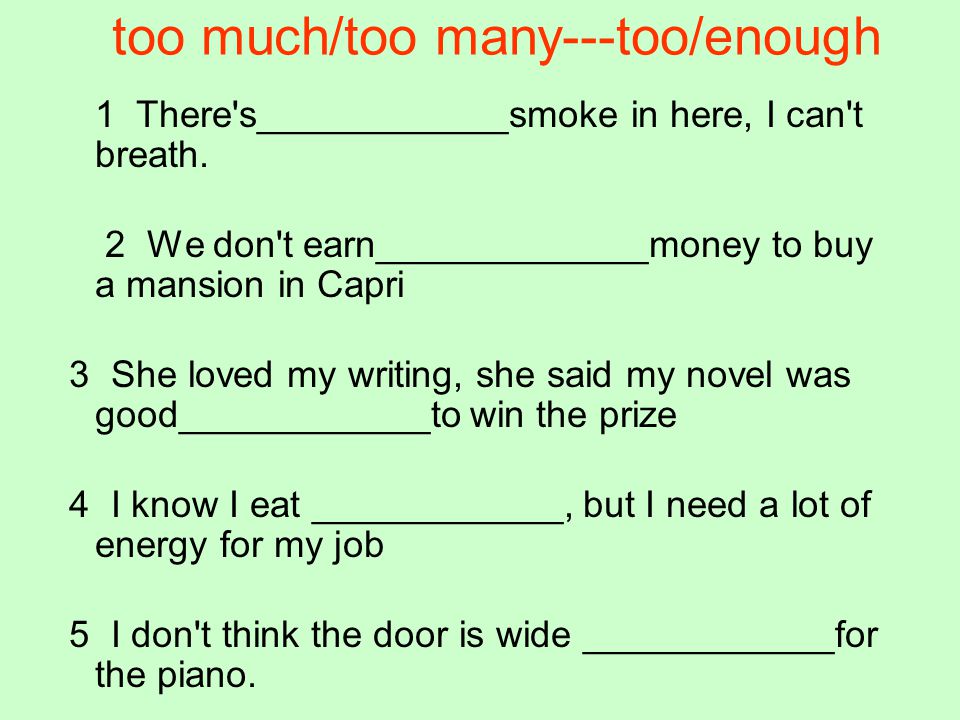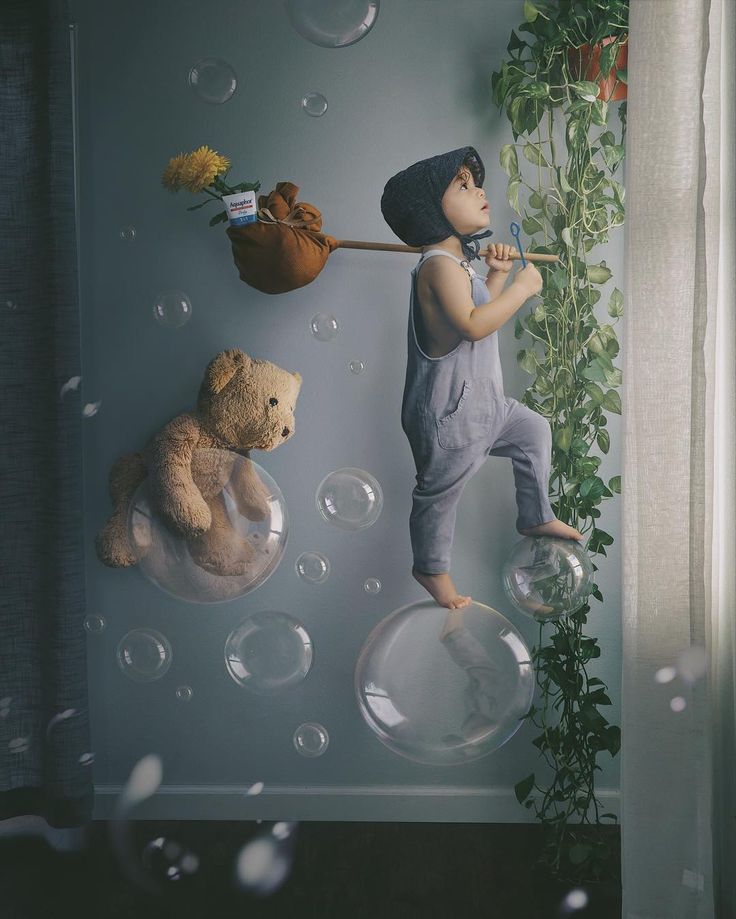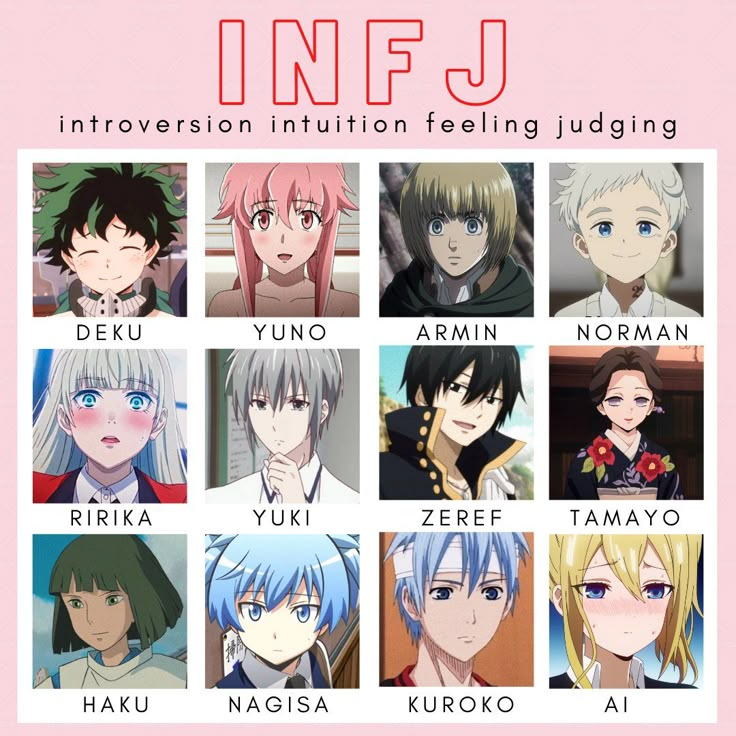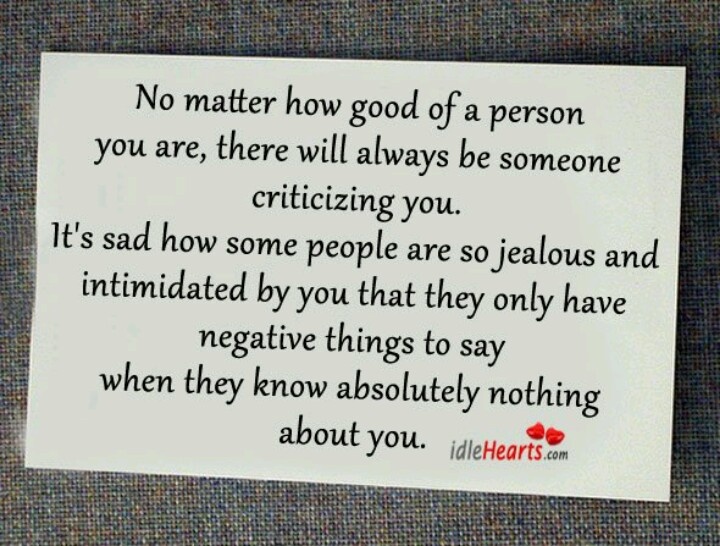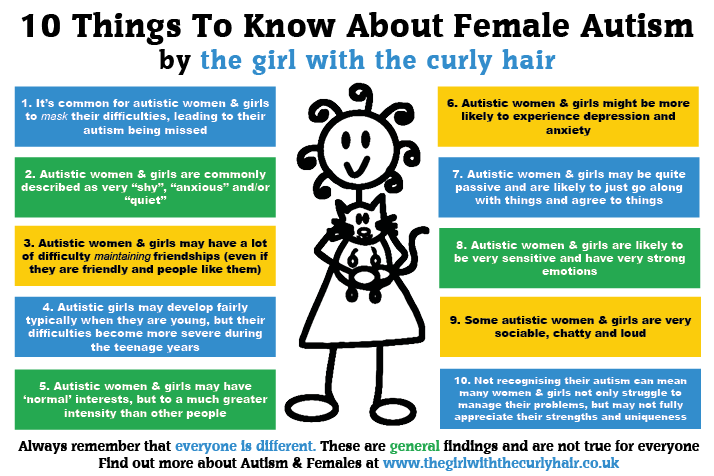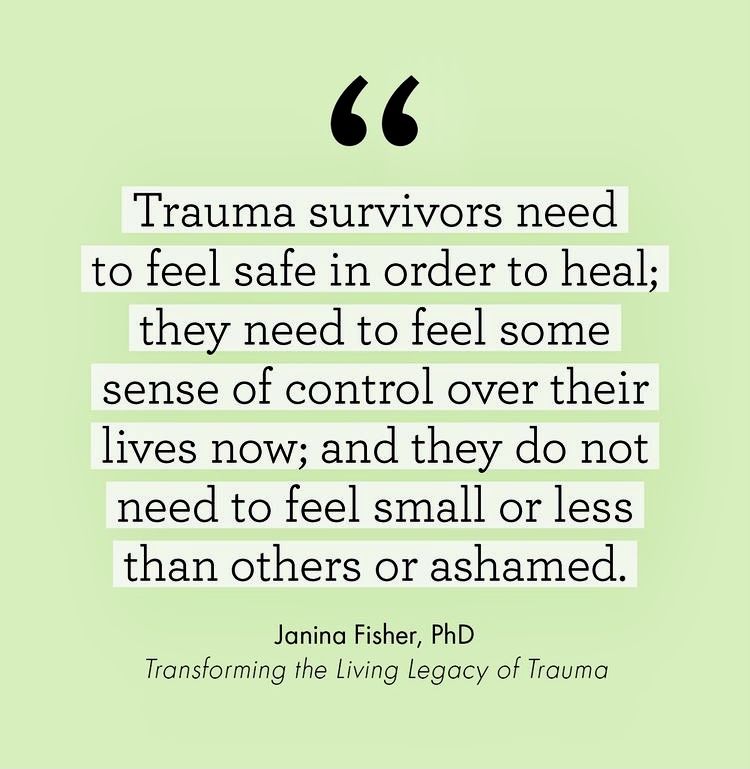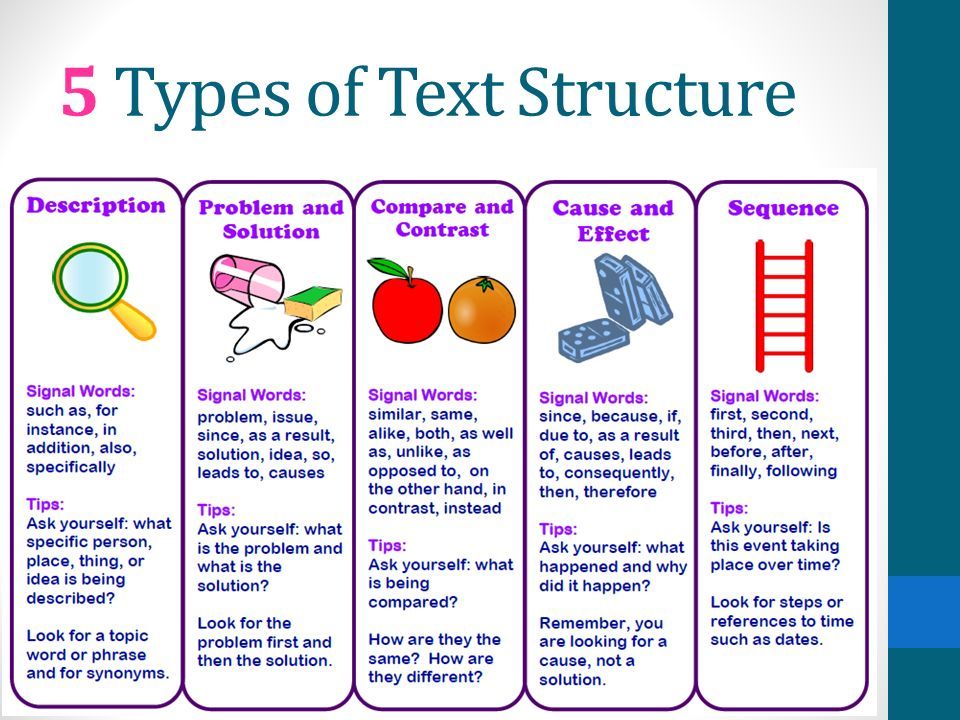Creativity and personality type
Insights for INTP, INFP, ENTP, & ENFP Types
By Dr. A.J. Drenth
According to the MBTI Manual, creativity correlates most strongly with intuition (N), as well as, to a lesser extent, perceiving (P). This suggests that NPs (i.e., the INTP, INFP, ENTP, & ENFP) are, on average, the most creative of all types. This should not surprise when we consider that NPs use Extraverted Intuition (Ne) as their dominant or auxiliary function. Ne is a “brainstorming” function and can be seen as synonymous with divergent thinking, which Wikipedia defines as “a thought process or method used to generate creative ideas by exploring many possible solutions.” Despite this, some NPs may fail, especially early in life, to recognize their creative potential. This may be particularly true for NTPs, who may prefer to express their creativity philosophically or technologically rather than via traditional creative art forms.
Not only may NPs fail to recognize their innate creativity, but also their need for creativity. Some may not view creativity as an essential personal need until they find themselves working a mundane job. At that point, they are like fish out of water, feeling stuck, stifled, and suffocated. NPs’ need for creative engagement contributes to their reputation as restless seekers. As long as their creative needs are going unmet, NPs will tenaciously search for alternatives.
Ironically, once NPs finally manage to secure the time and space they need to operate creatively, they often fail to capitalize on it. They quickly discover that larger creative projects, such as writing a book or making an album, are far more challenging than they imagined. It’s not that NPs find themselves short on ideas; if writer’s block is construed as a deficit of ideas or possibilities, NPs don’t suffer from it. They may, however, struggle to nail down the best idea or course of action. Because Ne incessantly bombards them with ideas and options, discerning a coherent theme, approach, or objective is a common source of difficulty for NP creatives.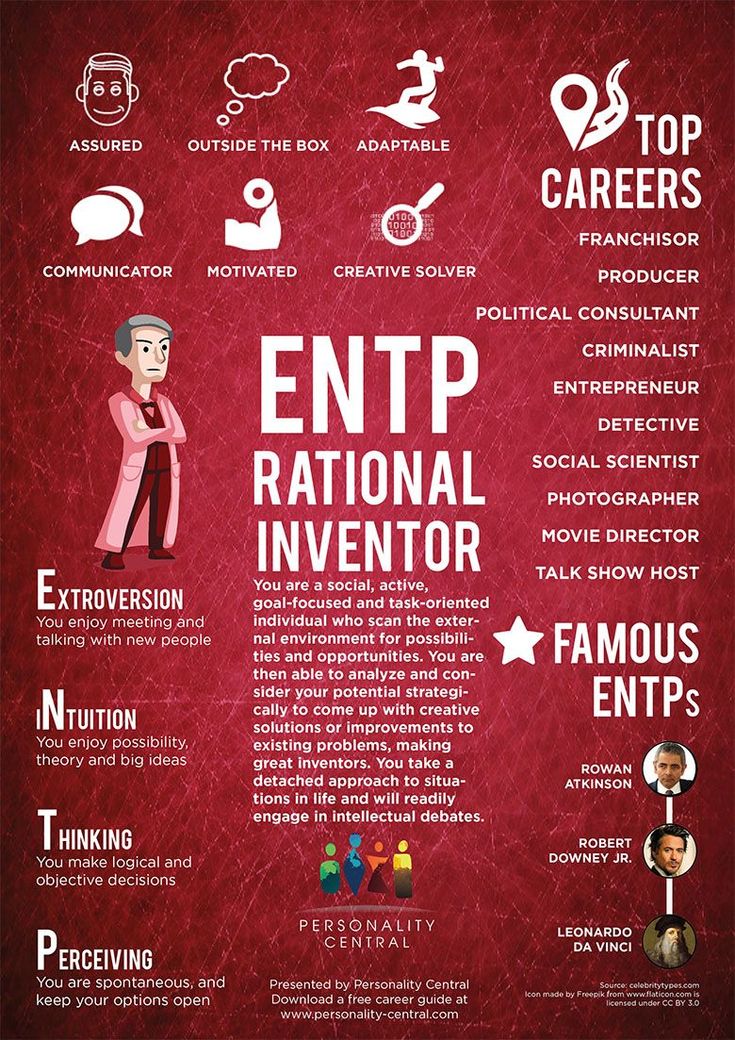
Kierkegaard once remarked that “life can only be known backwards.” The same can be said of NPs’ creative process in that they never know in advance where the creative spirit will take them. They actually relish this future blindness, which engenders a sense of eagerness and anticipation toward what the creative process might reveal. NP writers, for instance, may see outlines (especially detailed ones) as anathema, sensing that too much upfront planning might dampen their feelings of inspiration and anticipation. Thus, many NPs will forgo extensive planning (J) and instead follow whatever feels most meaningful or inspiring in the moment (P), perhaps figuring they can hone or organize their ideas at a later point.
Because of their propensity to spontaneously dive into creative projects, NPs are known for being great project starters. A commonly used example is the ENTP entrepreneur who has a great idea and starts a new company, but then quickly loses steam once things shift from creative conception to implementation.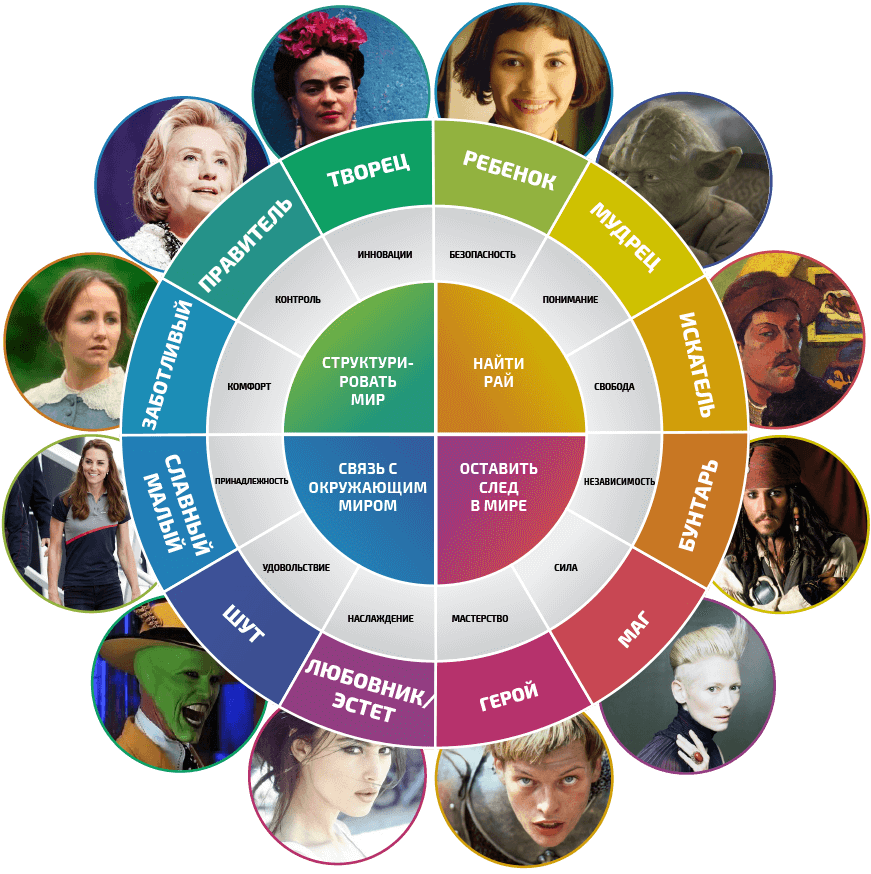 As introverts, INTPs and INFPs may have a bit more staying power than ENPs, but they too can struggle with finishing what they’ve started. NPs’ work may also suffer from a lack of thoroughness. In trying to keep pace with the rapid-fire nature of Ne, their work may be scant and scattered, amounting to a skeletal sketch of the movements of Ne. And once the main ideas have been birthed and their inspiration has waned, they may lack the motivation to return and fill in the gaps.
As introverts, INTPs and INFPs may have a bit more staying power than ENPs, but they too can struggle with finishing what they’ve started. NPs’ work may also suffer from a lack of thoroughness. In trying to keep pace with the rapid-fire nature of Ne, their work may be scant and scattered, amounting to a skeletal sketch of the movements of Ne. And once the main ideas have been birthed and their inspiration has waned, they may lack the motivation to return and fill in the gaps.
To J types, it may seem that NPs are simply lazy or lacking in willpower. After all, Js are inclined to see it as their duty or responsibility to finish what they start. But for NPs, things aren’t quite that simple. Instead of being motivated by duty, they orient themselves to energy and inspiration. They’ll work hard and fast when they feel inspired, but may struggle to continue once their inspiration wanes. Typically, this energy-oriented approach works just fine for smaller projects.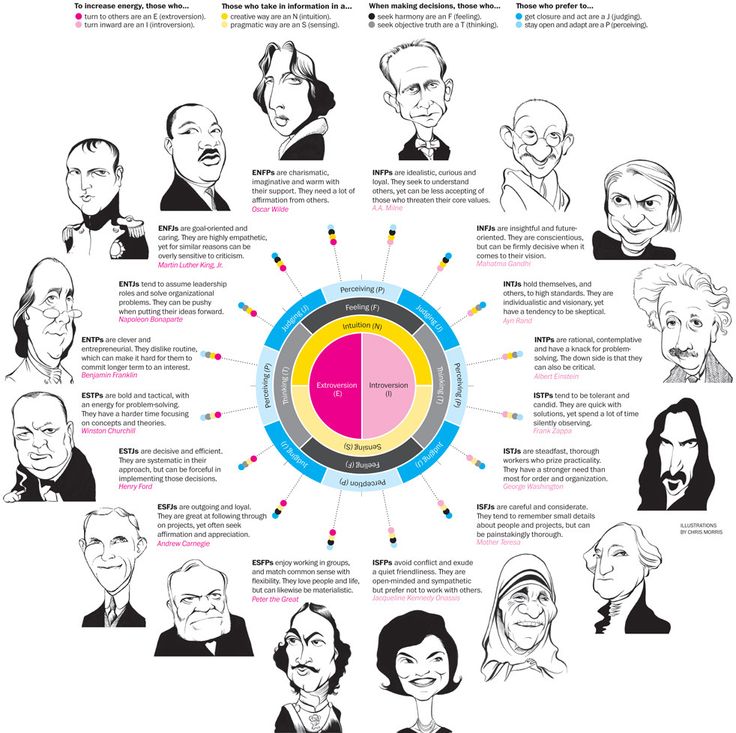 If something needs to be fixed, NPs can jump in, solve the problem, and feel good about the result. Unfortunately, most careers aren’t structured in a way that allows NPs to consistently solve small problems in creative and meaningful ways. Even jobs centered on troubleshooting (e.g. IT jobs) often end up feeling mundane because the problems encountered are typically familiar and thus don’t require a truly creative response.
If something needs to be fixed, NPs can jump in, solve the problem, and feel good about the result. Unfortunately, most careers aren’t structured in a way that allows NPs to consistently solve small problems in creative and meaningful ways. Even jobs centered on troubleshooting (e.g. IT jobs) often end up feeling mundane because the problems encountered are typically familiar and thus don’t require a truly creative response.
Therefore, NPs often end up feeling stuck. They feel dissatisfied at work because of insufficient creative opportunities. At the same time, they may fear they don’t have what it takes to successfully tackle larger creative undertakings.
To maximize their chances of success in creative careers or larger creative projects, NPs must first understand their own psychological propensities. One factor, which we’ve already discussed, is their orientation to energy and inspiration. NPs want a project to feel authentic and meaningful in order to bolster their energy levels.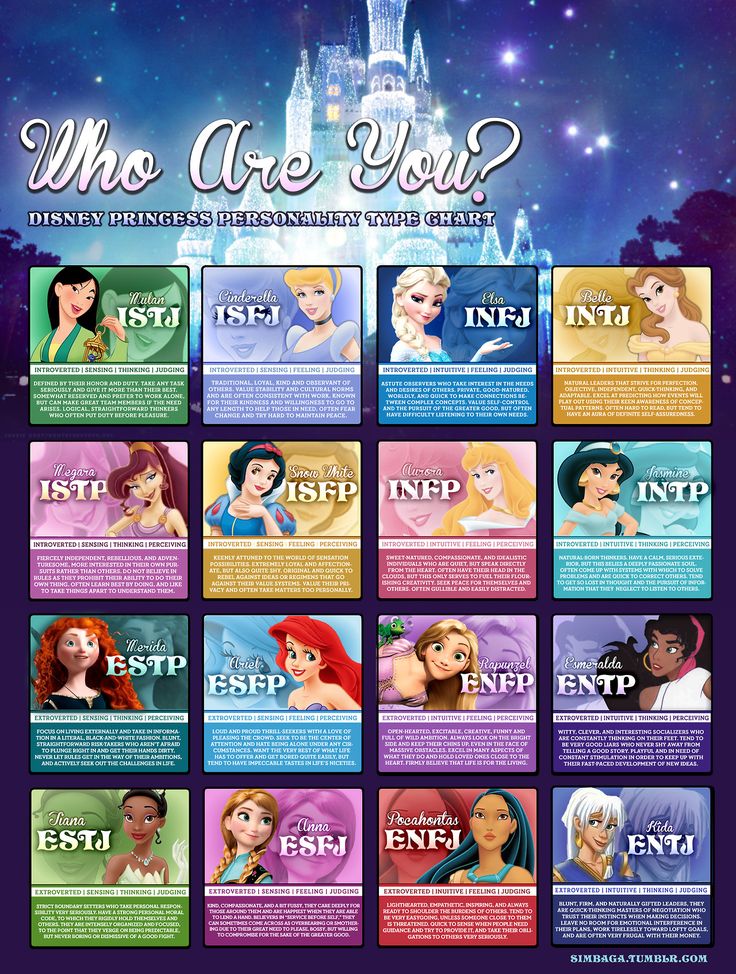 However, they may fail to realize the downsides of exclusive reliance on feelings of inspiration. While doing so may serve them well when it comes to initiating projects or generating lots of ideas in a short amount of time, it can negatively affect their follow-through as well as the thoroughness and quality of their work.
However, they may fail to realize the downsides of exclusive reliance on feelings of inspiration. While doing so may serve them well when it comes to initiating projects or generating lots of ideas in a short amount of time, it can negatively affect their follow-through as well as the thoroughness and quality of their work.
NPs are also prone to distractedness, impulsivity, and quick gratification. They expect that things will come easily and naturally for them, without excessive strain or difficulty. They may therefore struggle to tolerate the discomfort associated with persisting in activity, especially when Ne is tempting them with more immediately gratifying alternatives. The scattered and distractible nature of Ne is why many NPs (especially ENPs) are diagnosed with ADD.
NPs can also be impatient. This may be particularly true of INTPs and INFPs, since, unlike ENPs, they are neither dominant perceivers (i.e., INPs lead with a judging function, Ti or Fi), nor process-oriented (types with a dominant perceiving function are more process-oriented).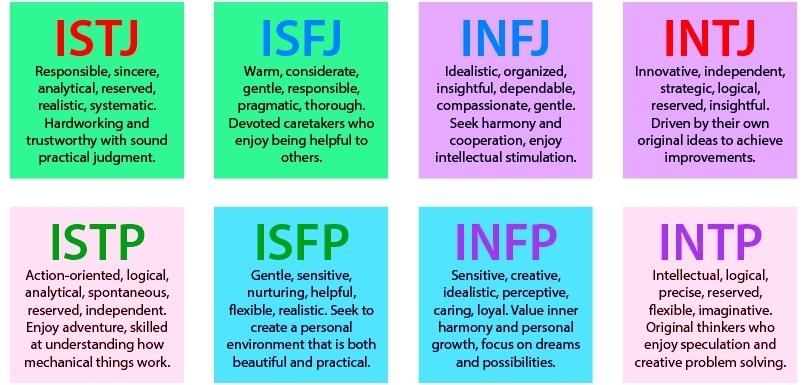 Hence, INPs may feel compelled to move as quickly as possible toward an anticipated goal (J) and can quickly become impatient if they encounter obstacles along the way. So while ENPs are more apt to struggle with distractibility and lack of focus (Ne), impatience may serve as a greater obstacle to creative success for INPs.
Hence, INPs may feel compelled to move as quickly as possible toward an anticipated goal (J) and can quickly become impatient if they encounter obstacles along the way. So while ENPs are more apt to struggle with distractibility and lack of focus (Ne), impatience may serve as a greater obstacle to creative success for INPs.
Anxiety and low mood can also be problematic for NP creatives. NPs can be rather high-strung, anxious, and restless. Because Ne is constantly speculating about what could or might happen, NPs may find themselves plagued by worry. At the other end of the spectrum, they can struggle with feelings of boredom and low mood. In fact, many NPs battle both anxiety and low mood. They find that low moods can mutate into anxiety, and vice-versa. This can be exacerbated when NPs medicate their symptoms with psychoactive drugs, including caffeine and alcohol. For instance, an NP who wakes up feeling down or lethargic might turn to coffee for a boost, only to find herself riddled with anxiety shortly thereafter.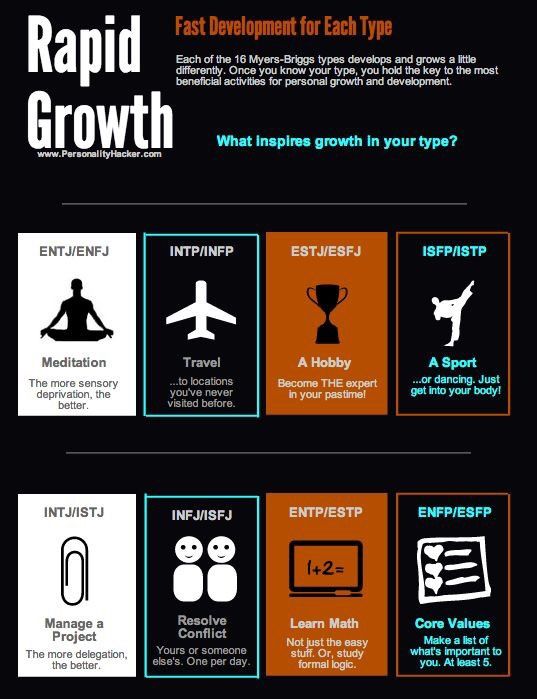 Such NPs may feel they are fighting a no-win battle, one in which they are perpetually under-stimulated (e.g., bored, depressed) or over-stimulated (e.g., anxious, hurried).
Such NPs may feel they are fighting a no-win battle, one in which they are perpetually under-stimulated (e.g., bored, depressed) or over-stimulated (e.g., anxious, hurried).
Creative Success for the INTP, INFP, ENTP, & ENFP
Mind-body approaches, such as yoga, meditation, and mindfulness, can be particularly helpful for addressing tension and anxiety. Yoga helps to reduce tension and enhance bodily awareness. It can also teach NPs the importance of monitoring and regulating their breathing. Since restricted abdominal / diaphragmatic breathing and anxiety go hand-in-hand, learning to breathe slowly and consistently with the diaphragm can go a long way in helping NPs reduce and better tolerate anxiety while performing creative work. Instead of self-medicating or running away from their anxiety, attending to their breath can help them remain calm and patient when anxious feelings arise; the breath can serve as a source of safety and refuge amidst the storms of anxiety. If one can maintain a pattern of deep and consistent diaphragmatic breaths, anxiety will typically remain at manageable levels.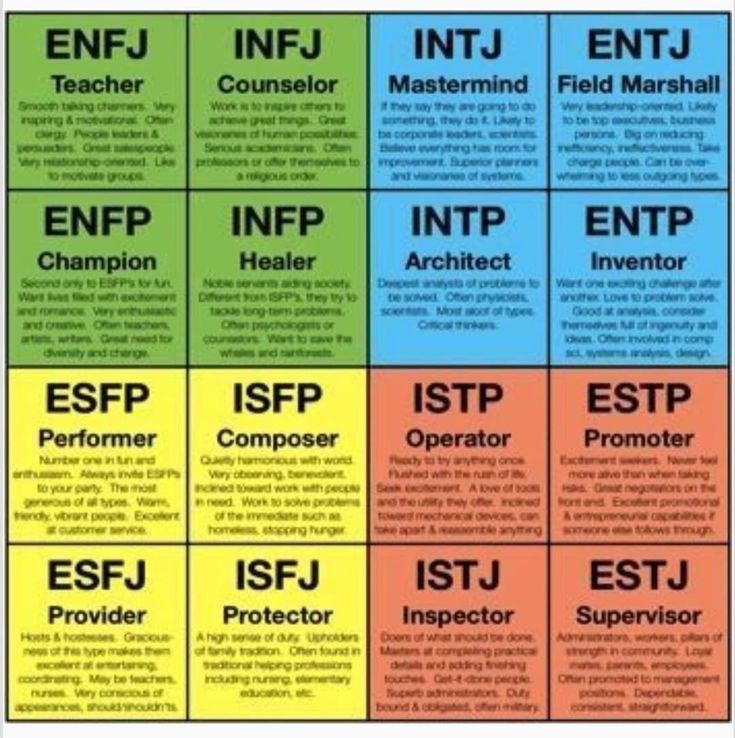 With that said, it is also the case that some people have excessive tension in their abdominal muscles or diaphragm, which compromises their ability to breathe deeply and effectively; but with time and practice, this too can be overcome. Learning to effectively handle anxiety is an indispensable skill for NP creatives, allowing them to more readily and consistently experience deep creative flow.
With that said, it is also the case that some people have excessive tension in their abdominal muscles or diaphragm, which compromises their ability to breathe deeply and effectively; but with time and practice, this too can be overcome. Learning to effectively handle anxiety is an indispensable skill for NP creatives, allowing them to more readily and consistently experience deep creative flow.
Mind-body practices can also help NPs feel more centered and appreciative of what is. Ne is notorious for finding ways of escaping the present moment—constantly looking ahead to new ideas, options, or possibilities. While Ne is an important part of being an NP type, it can engender chronic dissatisfaction if unchecked by NPs’ other functions. By staying connected to their breathing and state of being, NPs can be seen as balancing Ne with their Si, as well as, to some extent, their feeling function. As a general rule, the more functions that are incorporated into an activity, the more whole and centered they will feel.
Finding their mind-body center also helps NPs be more thorough, patient, and consistent in their work, as well as to finish what they start. When NPs feel centered, they are more willing and able to tolerate moments of anxiety or mental quiet. For instance, after finishing a paragraph or a chapter, they can patiently await the next round on intuitions, instead of trying to force their way forward. In such moments of Ne silence, they may sense a spike in inner tension, which arises from an impulse to finish or hurry. But if they can remain calm and stay grounded in their breathing, they needn’t succumb to this impulse. Instead, they can wait and listen. In many cases, the next intuition is right around the corner, but they need to wait long enough, and do so with the right state of mind, in order to receive it. By learning to pause and listen a little longer, NPs become privy to important insights and subtleties they might have otherwise glossed over, which can imbue their work with greater depth and fullness.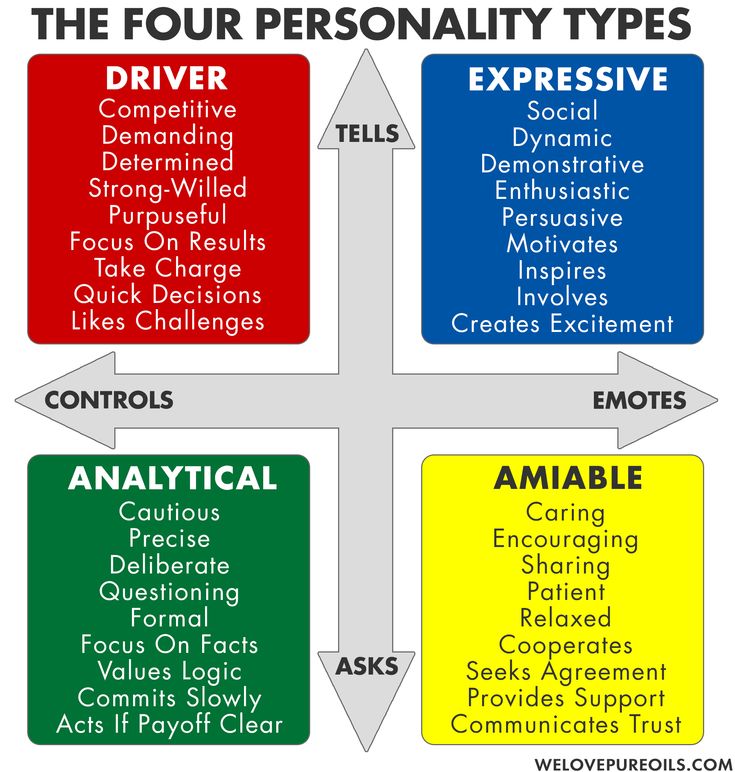 Creative success occurs on a moment-to-moment, paragraph-by-paragraph basis. It hinges not only on the natural powers of Ne, but also requires the optimal mind-body environment and approach for Ne to flourish.
Creative success occurs on a moment-to-moment, paragraph-by-paragraph basis. It hinges not only on the natural powers of Ne, but also requires the optimal mind-body environment and approach for Ne to flourish.
Equally important, the ability to find their center grants NPs a sense of control over their state of being. Rather than being enslaved by the whims of anxiety or inspiration, they can harness the power of their own consciousness to regulate their state of being. Not only does this pave the way for creative excellence, but also for optimal living.
If you’re an NP looking to better understand your personality and find your creative path, you’ve come to the right place. A.J. Drenth, the founder of this website and fellow NP type, has written extensively about these types. He has also developed an online course, Finding Your Path as an NP Type, specifically designed to help you clarify your identity, life purpose, career direction, and more. It is a doorway to transforming your inspiration into purposeful action and results.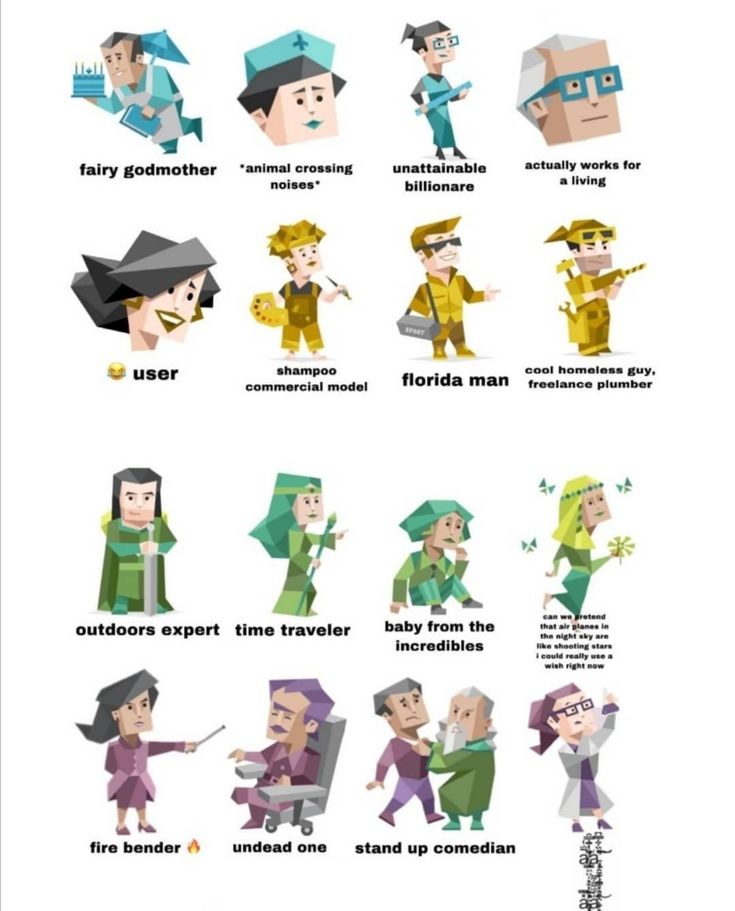 Learn more about the course→
Learn more about the course→
Related Posts:
NP Writers: Writing & Creativity
How NPs use Ne in their Ideation & Communication
Extraverted Intuition (Ne): An Inside Look
548 Shares
Myers-Briggs, The Big Five, Art & Science
By Dr. A.J. Drenth
When it comes to creativity, personality matters. In fact, it matters quite a bit.
Before examining the relationship between creativity and personality, however, we need to decide what it means to be a creative person. Namely, should we solely focus on raw creativity (i.e., creative potential) or should we also incorporate creative output and accomplishment?
In this post, we will follow the current trend among creativity researchers, approaching creativity in terms of both creative potential and creative output. In other words, we will view the creative person as one who is at once naturally creative and committed to creating. While this will require us to take a more nuanced view of the relationship between personality and creativity, I nevertheless trust that it will help you better understand yourself and creative people generally.
In other words, we will view the creative person as one who is at once naturally creative and committed to creating. While this will require us to take a more nuanced view of the relationship between personality and creativity, I nevertheless trust that it will help you better understand yourself and creative people generally.
Personality Junkie readers are likely already aware of the connection between intuition (N) and creativity. Research has long demonstrated that intuition, along with its Big Five correlate, Openness, are strong predictors of creativity. Since this fact is well established, we won’t linger on it here. Later in our discussion, however, we will make key distinctions between the introverted (Ni) and extraverted (Ne) types of intuition with respect to creativity.
Extraversion, Introversion & Creativity
You may be surprised to learn that creativity also reliably correlates with extraversion. According to the Big Five personality taxonomy, extraversion is characterized by high energy, positive affect, sociability, enthusiasm, novelty seeking, dominance, self-confidence, and assertiveness.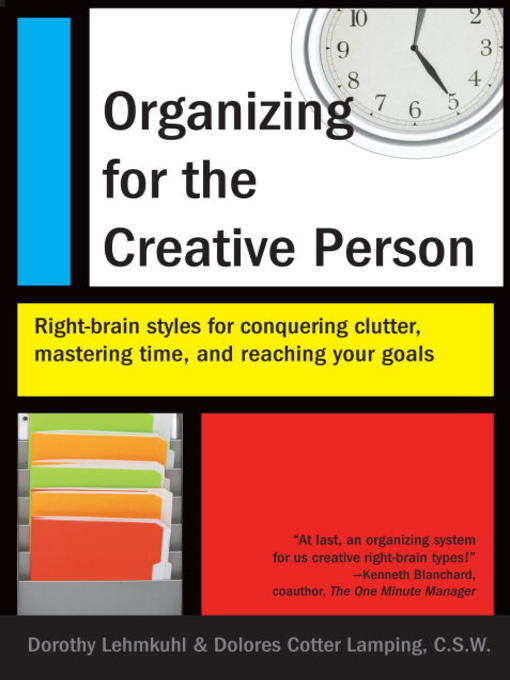 While all of these traits are related to creativity, the contribution of sociability is mixed in that it is linked to “everyday creativity,” but less consistently to scientific and artistic creativity. So even when an sociable extravert strikes us as witty or otherwise creative, this doesn’t always give birth to creative achievement.
While all of these traits are related to creativity, the contribution of sociability is mixed in that it is linked to “everyday creativity,” but less consistently to scientific and artistic creativity. So even when an sociable extravert strikes us as witty or otherwise creative, this doesn’t always give birth to creative achievement.
High energy and positive affect may be particularly advantageous for extraverts (as well as for introverts with these traits), as they are believed to play a role in inspiration. Although pop culture commonly portrays artists as melancholic or depressed, there is evidence to suggest that creativity is actually fueled by the positive affect and higher energy levels associated with inspiration.
To be clear, it’s not that introverts never exhibit the aforementioned traits associated with extraversion. It’s simply that these characteristics happen to be more common or concentrated among extraverts. In my experience, introverts often possess substantial creative potential, but many struggle to find the drive and persistence required to actualize it.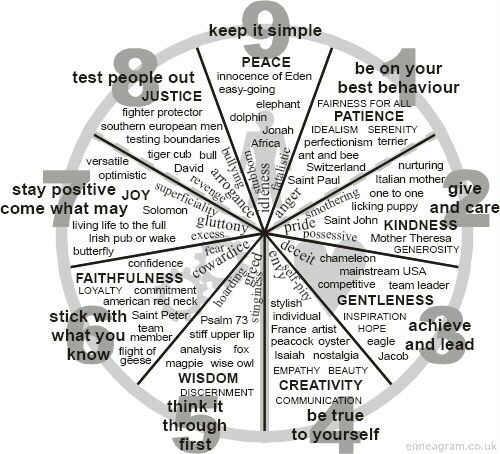 At times, introverts can be their own worst enemies, allowing their doubts and criticisms to undermine their creative work before it even gets off the ground. Extraverts may error in the opposite direction, sailing through projects on a wave of inspiration but failing to apply sufficient critique or reality testing.
At times, introverts can be their own worst enemies, allowing their doubts and criticisms to undermine their creative work before it even gets off the ground. Extraverts may error in the opposite direction, sailing through projects on a wave of inspiration but failing to apply sufficient critique or reality testing.
Judging, Perceiving & Creativity
We typically think of creatives as being perceiving types, in part because we associate creativity with rebellious, non-conformist attitudes. And because intuitive (N) perceiving (P) types (“NPs”) extravert their intuition (Ne), they are more apt to display, perhaps even flaunt, their unconventionality. By contrast, intuitive judgers (“NJs”), who typically extravert a judging (Te or Fe), are inclined to appear more formal or conventional, even if they are inwardly non-conformists.
Research suggests that disagreeable, non-conformist attitudes are associated with idea generation—an indicator of idea production, originality, and divergent thinking.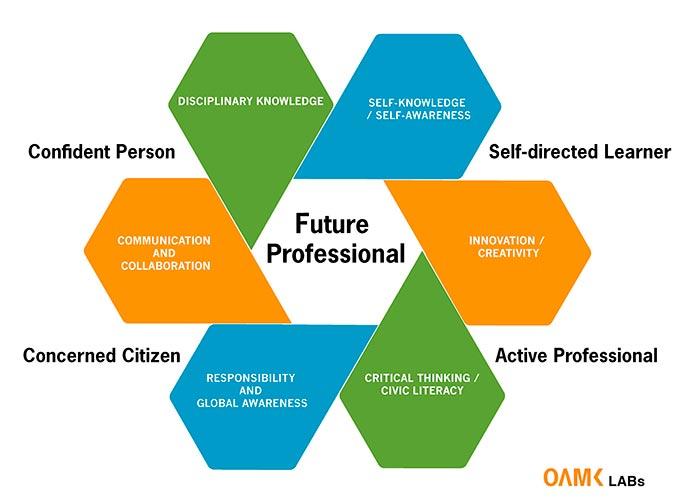 N types generally outperform S types with respect to idea generation. NP types tend to be particularly adept at idea generation since their Extraverted Intuition (Ne) operates divergently:
N types generally outperform S types with respect to idea generation. NP types tend to be particularly adept at idea generation since their Extraverted Intuition (Ne) operates divergently:
NJ types, by contrast, utilize Introverted Intuition (Ni), which is geared more toward convergent cognition:
To be sure, idea generation is an important aspect of creativity. But it doesn’t give us the whole story. Having plenty of raw ideas is great, but eventually they must be critically evaluated, refined, and formalized. And this is where idea selection comes into play. Idea selection entails a narrowing or winnowing down process, which Ni seems naturally geared to do.
My counterpart Elaine Schallock has suggested that Ni excels at extracting or distilling out key themes from pools of data or ideas. An INTJ friend of mine regularly uses this sort of theme extraction in his life / business coaching practice. He asks his clients open-ended questions and then uses his Ni to identify the central themes of their responses.
A critic might argue that idea selection is more like analysis than creativity. But if we agree to define creativity more broadly, as a process that includes envisioning, refining and producing something of value, then it must involve some measure of left-brained, critical analysis. This is why the nature of Ni can seem paradoxical. Namely, we typically think of perception as being a predominantly right-brained affair. But Ni is a form of perception that funnels its intuitions through the left hemisphere, helping NJs grasp the essence of a given phenomenon. This is also why Ni perceptions and insights can look a lot like judgments.
Traits like persistence and achievement-striving are also important for ensuring that creative projects are seen through to completion. Such traits are associated with the Big Five domain—Conscientiousness—which correlates, to some extent, with Myers-Briggs judging (J).
Together, these observations offer a nuanced picture of the relationship of the J-P domain to creativity. In this light, NPs may feel most at home on the creative front end, when lots of ideas and possibilities are being floated, while NJs may prefer the later stages, where ideas are selected, honed and refined. At any rate, one can imagine how NPs and NJs might work well collaboratively, capitalizing on each other’s respective strengths.
In this light, NPs may feel most at home on the creative front end, when lots of ideas and possibilities are being floated, while NJs may prefer the later stages, where ideas are selected, honed and refined. At any rate, one can imagine how NPs and NJs might work well collaboratively, capitalizing on each other’s respective strengths.
Of course, we also know plenty of people, both NPs and NJs, who are highly creative and productive on their own. The converse is true as well, as many intuitives fail to dedicate themselves to actualizing their creative talents.
Scientific vs. Artistic Creativity
In reviewing existing research on this topic, I noticed that many researchers make a distinction between scientific and artistic creativity. Not surprisingly, studies suggest that scientists are generally more conscientious (and thus more likely to be J types) than artists. This makes sense when we consider that science is concerned with theoretical convergence and objectivity—both of which are fortes of the left brain. Artistic creativity is typically less beholden to objective reality. Instead of emphasizing what is, artists show us what could be—alternatives ways of seeing and experiencing the world. Scientists seek to bring what is unknown into the realm of the known, whereas artists often start with the known (e.g., a bowl of fruit) and put their own novel twist on it. Both art and science can thus both be viewed as a dialogue between the known and the unknown. The primary difference, as illustrated below, is the direction of workflow:
Artistic creativity is typically less beholden to objective reality. Instead of emphasizing what is, artists show us what could be—alternatives ways of seeing and experiencing the world. Scientists seek to bring what is unknown into the realm of the known, whereas artists often start with the known (e.g., a bowl of fruit) and put their own novel twist on it. Both art and science can thus both be viewed as a dialogue between the known and the unknown. The primary difference, as illustrated below, is the direction of workflow:
Unknown → Known
Art:Known → Unknown / Novel
Personality type can play a role in determining which approach we enjoy more and excel at. Generally speaking, Ni users may be better equipped for convergent / scientific creativity and Ne users for divergent / artistic creativity.
The structure of a type’s function stack can also make a difference.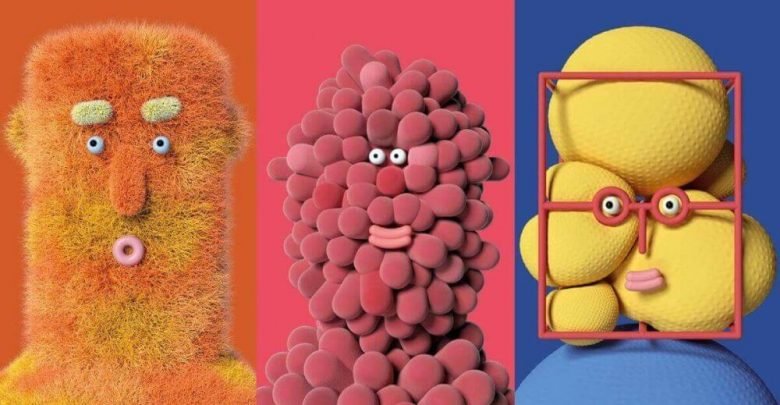 As discussed in my book, My True Type, ENJs and INPs dominant function is a J function and their auxiliary a P function. This resembles the artistic process insofar as they start with a known (J) and move toward the unknown (P). By contrast, INJs and ENPs start with a dominant P function and then move toward convergence à la their auxiliary J function, thus mirroring the structure of the scientific process.
As discussed in my book, My True Type, ENJs and INPs dominant function is a J function and their auxiliary a P function. This resembles the artistic process insofar as they start with a known (J) and move toward the unknown (P). By contrast, INJs and ENPs start with a dominant P function and then move toward convergence à la their auxiliary J function, thus mirroring the structure of the scientific process.
Dominant J (Known) → Auxiliary P (Unknown)
ENP / INJ types:Dominant P (Unknown) → Auxiliary J (Known)
Of course, this fails consider the inferior function, which can be a surprisingly potent force in shaping our interests and motivations. This leads to the question of how much voice we should grant the inferior function versus the other functions, which I explore in my post, Two Paths of Type Development.
In the end, art and science aren’t as different as they’re sometimes made out to be. Both require intuition and creativity to see / imagine patterns and relationships. Moreover, we often assume that scientists are less open-minded than artists. But theory-oriented scientists, in particular, must be willing to sit with uncertainty and ambiguity for extended periods until the truth finally reveals itself. Artists, who are inclined to be more impulsive and impatient than scientists, are not as beholden to objective reality, which makes immediate gratification more readily available to them. This personality difference alone can impact whether an individual selects a scientific versus artistic path.
Both require intuition and creativity to see / imagine patterns and relationships. Moreover, we often assume that scientists are less open-minded than artists. But theory-oriented scientists, in particular, must be willing to sit with uncertainty and ambiguity for extended periods until the truth finally reveals itself. Artists, who are inclined to be more impulsive and impatient than scientists, are not as beholden to objective reality, which makes immediate gratification more readily available to them. This personality difference alone can impact whether an individual selects a scientific versus artistic path.
Learn more about the relationship between personality and creativity, as well as your self-understanding and life purpose, in our online course: Finding Your Path as an INFP, INTP, ENFP or ENTP.
Related Resources:
Intuitive (N) Types’ Career Path: Artistic vs. Investigative
The “Day Job” Reconsidered: Insights for Artists & Creative Types
Type Clarifier Tests: INFJ-INFP Clarifier | INTJ-INTP Clarifier
435 Shares
16 Types of Creativity - An Introduction to Typology
Otto Kroeger is a former President of the International Personality Typology Association. Kroeger is perhaps the world's most famous promoter of the MBTI personality typology.
Kroeger is perhaps the world's most famous promoter of the MBTI personality typology.
David Goldstein is a renowned artist and experienced MBTI practitioner.
With his book “Creative Personality. How to Use Your Character Strengths to Develop Creativity David Goldstein and Otto Kroeger made another innovative contribution to the practice of applying the MBTI and the theory of psychological types. They created a comprehensive view of the realm of creativity, a realm that had not previously been explored very deeply. In their book, they demonstrated that creativity, just like the psychological make-up, can be different, and carefully analyzed all 16 of its types. Types of creativity allow you to better know your potential talents and unleash them to the fullest.
ISTJ
According to Kroeger: Organizer
Imagine a watchmaker making an experiment in the silence of a workshop. He is trying to make a mechanical watch from scratch, so that they are much more accurate than any quartz model. If you are an ISTJ, you yourself are as accurate as clockwork. You are considered a strict and objective person, a realist and a traditionalist.
If you are an ISTJ, you yourself are as accurate as clockwork. You are considered a strict and objective person, a realist and a traditionalist.
ISFJ
According to Kroeger: Facilitator - Assistant
The creativity of the ISFJ is hard to see, as much of it comes from behind the scenes. In her humble service to the poorest, the suffering and the dying, Mother Teresa was guided by faith. She said: "Do not strive for great accomplishments - do small things with great love."
INFJ
According to Kroeger: Inspirer
INFJs really do inspire. They are visionary contemplatives whose creativity is best shown in their ability to see the possibilities in those around them. INFJs draw strength and inspiration for their creativity from their rich imagination.
INTJ
According to Kroeger: Visionary
Such a person is usually concentrated in himself, it is not easy to unravel him.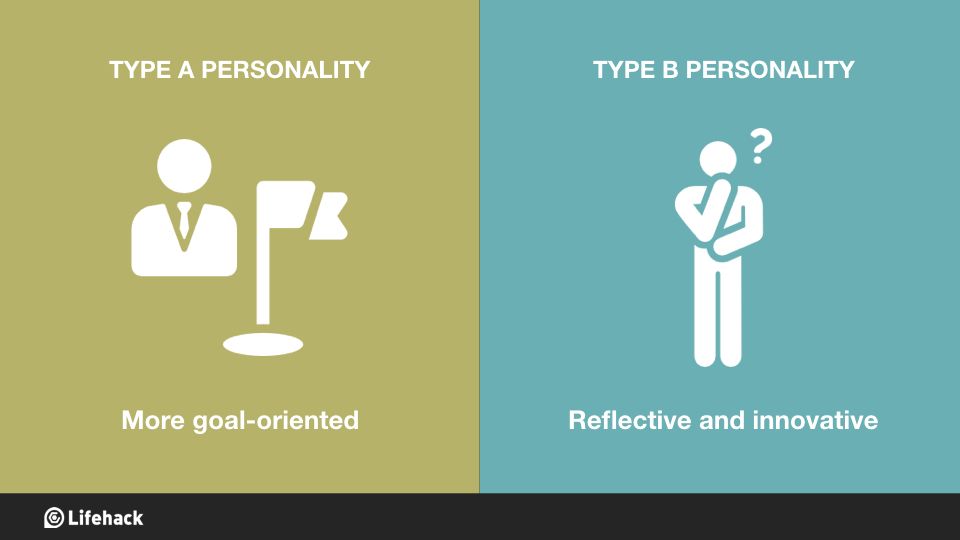 He tends to be theoretical and thinks strategically. INTJ is a fairy tale wizard who runs everything, manages from behind the scenes and always has a ready plan in case of unforeseen circumstances.
He tends to be theoretical and thinks strategically. INTJ is a fairy tale wizard who runs everything, manages from behind the scenes and always has a ready plan in case of unforeseen circumstances.
ISTP
According to Kroeger: Crafter
ISTPs will not waste time, they will quickly assess the problem, check available resources and immediately do whatever is necessary to stop the bleeding. While others procrastinate, trying to follow instructions exactly and worrying about someone's hurt feelings, ISTPs find creative solutions to vital problems.
ISFP
According to Kroeger: Dreamer - Inventor
ISFPs are constantly looking for space for action and striving to establish harmony. They talk little, but do a lot. ISFPs themselves consider themselves creative people, although they may be embarrassed to say it out loud, and art usually attracts them.
INFP
According to Kroeger: Muser - Contemplative
People of this type have a very vivid imagination, a poetic nature, and much of what they do bears the imprint of autobiography. INFP-type is one of the most common among writers and people involved in the fine arts (sculpture, music, theater, etc.).
INFP-type is one of the most common among writers and people involved in the fine arts (sculpture, music, theater, etc.).
INTP
According to Kroeger: Idea Mill - Analyst
Albert Einstein said: “In my imagination I am free to draw like an artist. Imagination is more important than knowledge. Knowledge is limited; imagination is all-encompassing." INTPs can serve as a vivid example of the fact that creativity does not really have to exist outside the consciousness of its bearer.
ESTP
According to Kroeger: Adventurer - Fidget
Ernest Hemingway is a perfect example of the classic ESTP personality type and style of creativity. He was an active man who valued fun, loved adventure and lived a life filled with combat, boxing matches, bullfights, as well as tales of conquering mountain peaks, hunting big game and fishing on the high seas.
ESFP
According to Kroeger: Entertainer - Animator
To carefree ESFPs, the words "creative work" do not seem quite appropriate when talking about their works, since they would not call "work" what they love to do .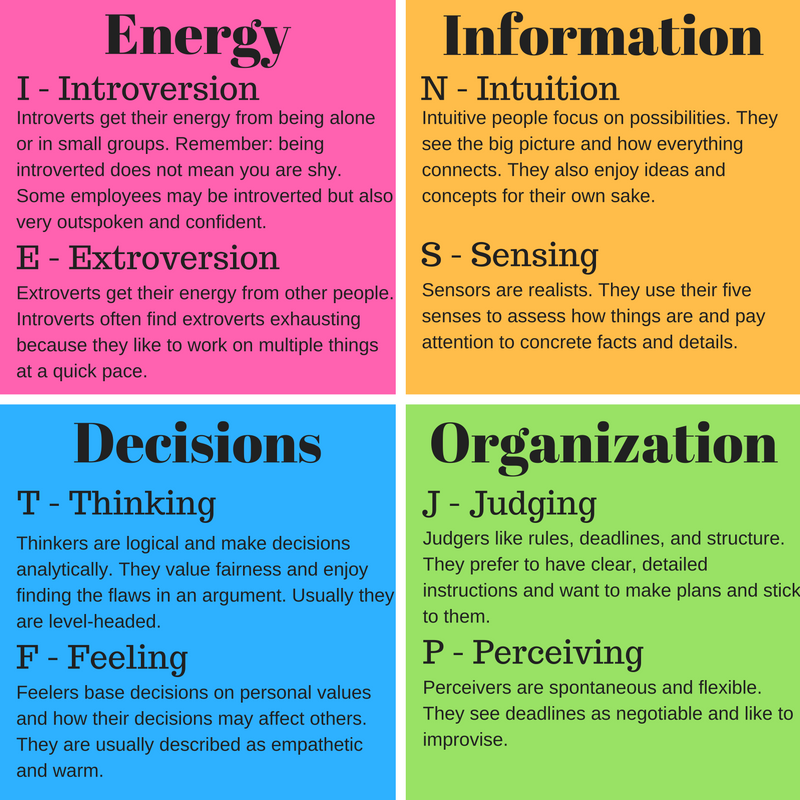 “Creative play” is a better term. If you are an ESFP, then your actions, enthusiasm and empathy help you inspire others.0010
“Creative play” is a better term. If you are an ESFP, then your actions, enthusiasm and empathy help you inspire others.0010
ENFP's creativity is focused on people and their behaviour. For this type of people, creativity and innovation is not a lone wolf at all, it takes shape in the minds of people, in collaboration with them and in motivating team members to their fullest dedication.
ENTP
According to Kroeger: Brainstormer - Inventor
Failure can discourage almost any of us, but for ENTP people, the word "impossible" is only more encouraging. Their goal is to solve the unsolvable, and when their love of technology, characteristic of them, is added to their determination, it becomes clear: we are faced with the Inventors.
ESTJ
According to Kroeger: Realist - Realist
ESTJ are more likely to play the game by the proposed rules than to establish their own, but they are very creative in their own way and develop skills that have many applications. A person of this type, being a baker, is able to bake any type of bread. If he is a turner, he will be able to carve any spare part out of metal or plastic.
A person of this type, being a baker, is able to bake any type of bread. If he is a turner, he will be able to carve any spare part out of metal or plastic.
ESFJ
According to Kroeger: Teacher - Teacher
ESFJs are traditionalists. They know how to organize and love people. And they usually develop for themselves a certain model of correct behavior and follow it, realizing their creativity.
ENFJ
According to Kroeger: Persuader
ENFJs are often very charismatic. They know how to talk and convince. In their plans, people always come first. If you are an ENFJ, many of the laws seem to be against the laws of morality and you feel the need to get around them in order to fulfill your mission, right?
ENTJ
According to Kroeger: Commander - Commander
Have you met leaders who are confident, commanding and have both ideas and plans? With people who not only foresee the future, but also do everything to make this future real? This is how ENTJs demonstrate their creativity: by realizing their strategic plans, achieving their goals and becoming leaders in literally every field.
10 qualities of a creative person
Leadership
Reading time: 6 minutes
What makes a person creative? Is it from birth or acquired? Consider what psychologist Mihaly Csikszentmihalyi thinks about this.
Mihaly Csikszentmihalyi, a well-known researcher, psychologist and author of the "flow theory", reflects on the meaning, origin and development of creativity in his book "Creativity: the work and life of 91 famous people". Despite the fact that the book is from 1996, the thoughts are as relevant as ever. Let's take a look at them.
Creativity gives the fullness of life
If we collect all the best expectations of people from life, it turns out that it is creativity that can give what is closest to the ideal. Creativity expands the worldview, allows you to learn the most fascinating things, reveals our potential, which is extremely important for a person.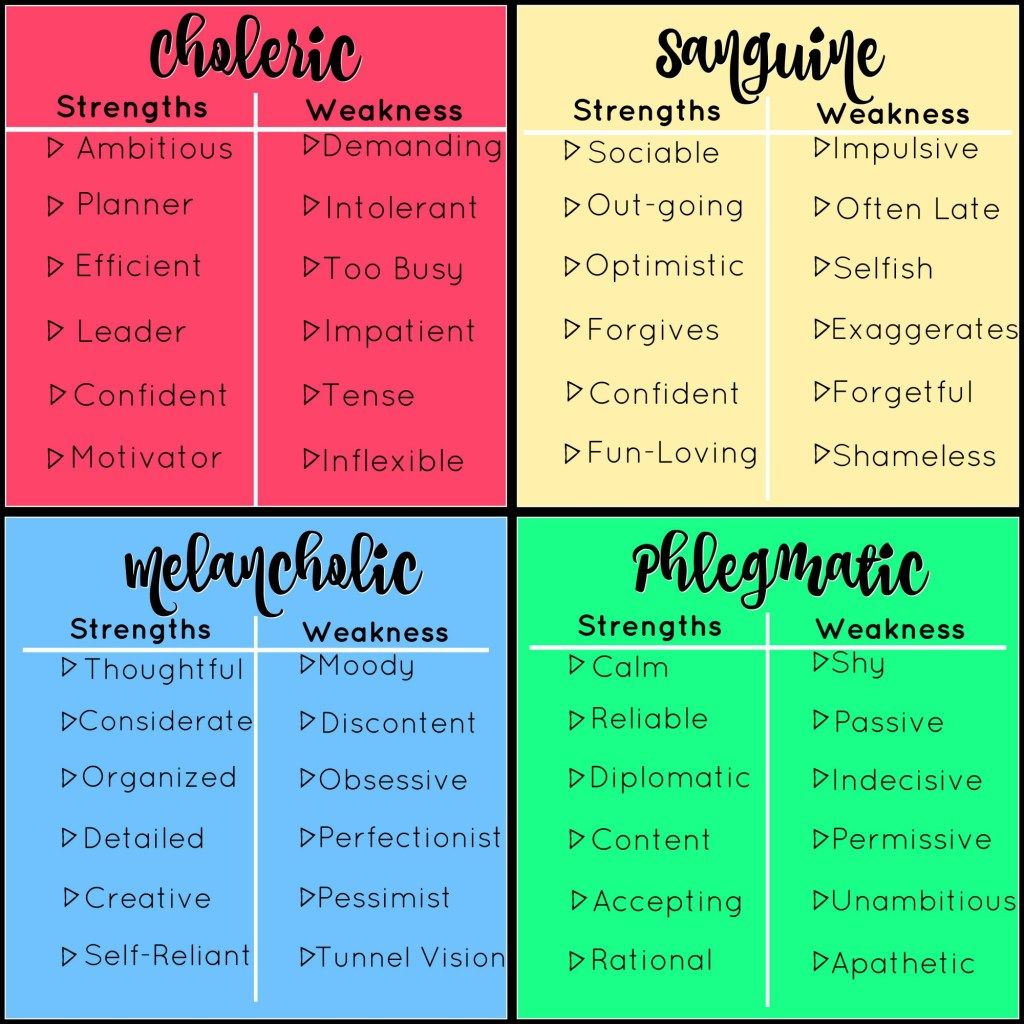
Creativity, creativity - is this what we get from nature or can we develop? Csikszentmihalyi answers this question: creative traits are present from birth, but the potential for creativity can be revealed. Csikszentmihalyi explored the qualities that are inherent in creative individuals and lend themselves to development. We are armed.
Energetic, but focused
Creative people are energetic, but able to direct their energy in the right direction.
Creative people need energy: both physical and mental. This allows them to spend hours working on the current task that interests them without losing their enthusiasm. This is not hyperactivity or mania - creative people can spend a lot of time in a calm state, thinking about the subject of their interest and about their idea.
Smart and naive
Studies have not found a link between creativity and IQ.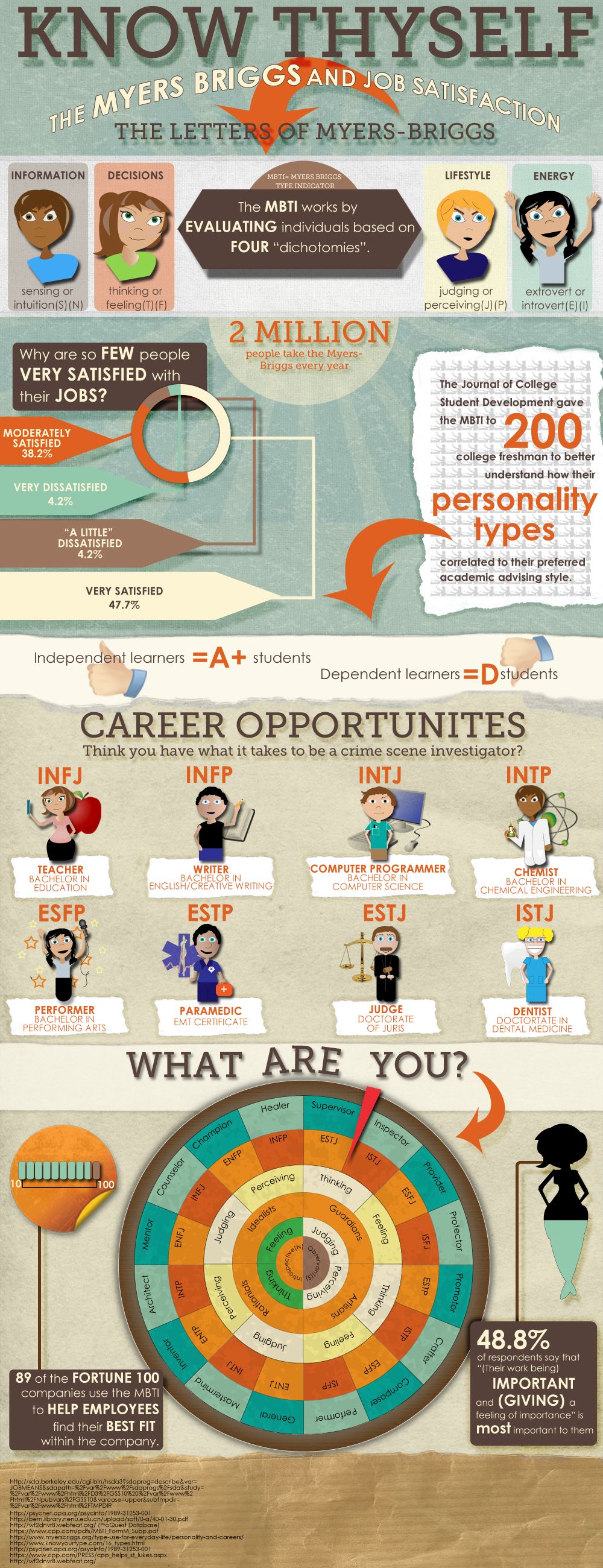 A study conducted by Lewis Terman showed that among creative geniuses there are no people with a very high IQ. This was also confirmed by the research of Csikszentmihalyi, who even determined the IQ threshold of a creative person - approximately 120.
A study conducted by Lewis Terman showed that among creative geniuses there are no people with a very high IQ. This was also confirmed by the research of Csikszentmihalyi, who even determined the IQ threshold of a creative person - approximately 120.
The IQ can lead to an increase in creativity, as long as it is not higher than 120, then the dependence of the increase in IQ and creativity was not found. Csikszentmihalyi suggests that creativity is a combination of wisdom and childlike innocence. Creative people are a bit of a child - they have retained their naivete and fresh outlook on things.
Playful but disciplined
Creative people are playful. According to Csikszentmihalyi, playful behavior is one of the hallmarks of creativity, but some frivolity and a quick arousal of interest are surprisingly combined with thoroughness and perseverance. Ease, but not frivolity - this can be said about creative people.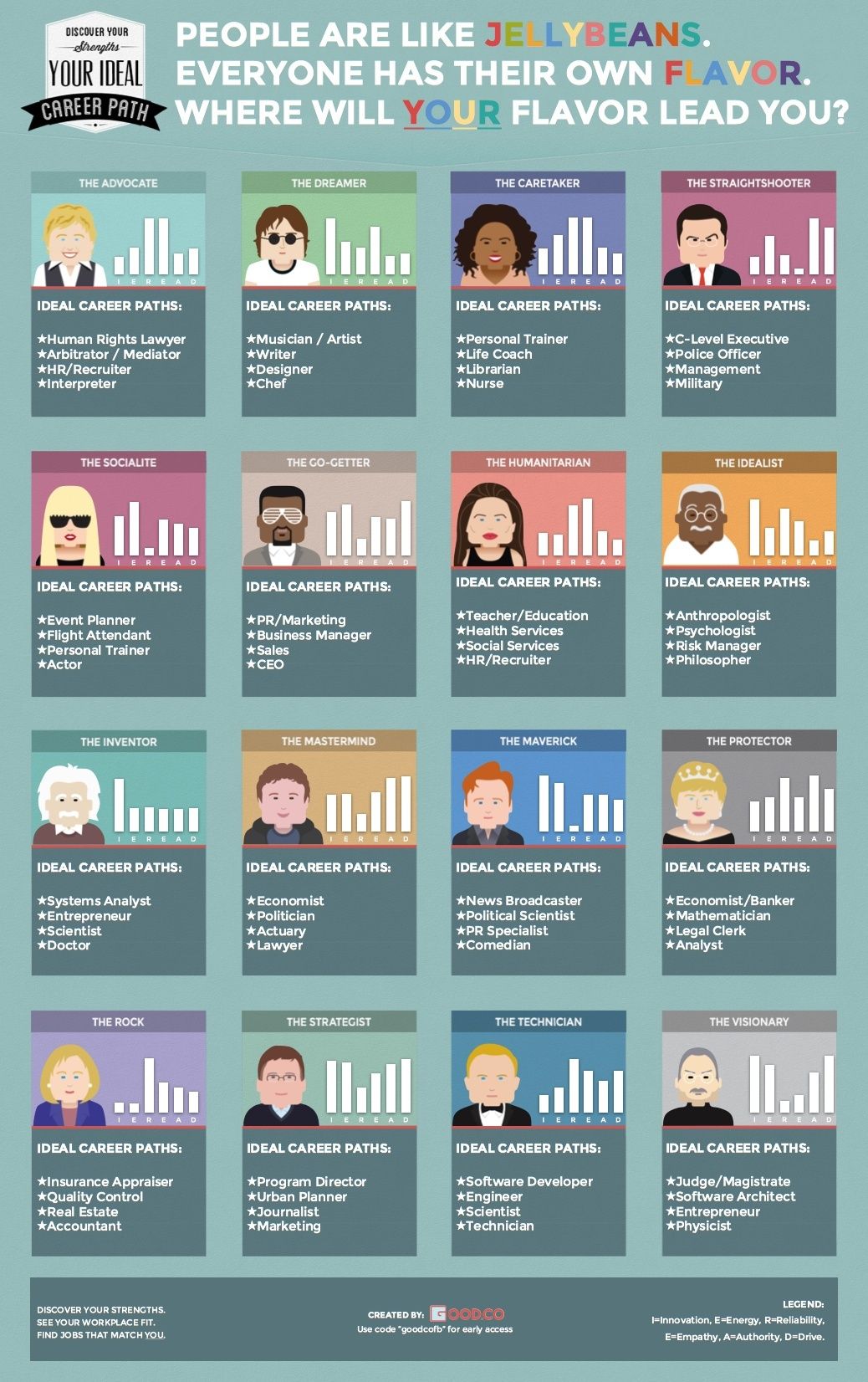 At the same time, they are quite disciplined and able-bodied.
At the same time, they are quite disciplined and able-bodied.
When working on a project, creative people are able to show determination and perseverance - they are able to work many hours a day without switching, focused and scrupulous, until they are satisfied with what they have done.
Have you ever met a creative, creative person? The first impression is romantic, something exciting. Being an artist is often a thrill. But at the same time, the success of an artist is worth a lot of work, hard, for many unbearable, exhausting. Every creative person understands that real creativity, and not empty dreaming, is a combination of pleasure and work.
Realist-dreamers
It seems that creative people are those who combine the incompatible. Another trait of a creative person is to be both a realist and a dreamer.
Creativity cannot exist without a dream, without imagination and a sense of miracles.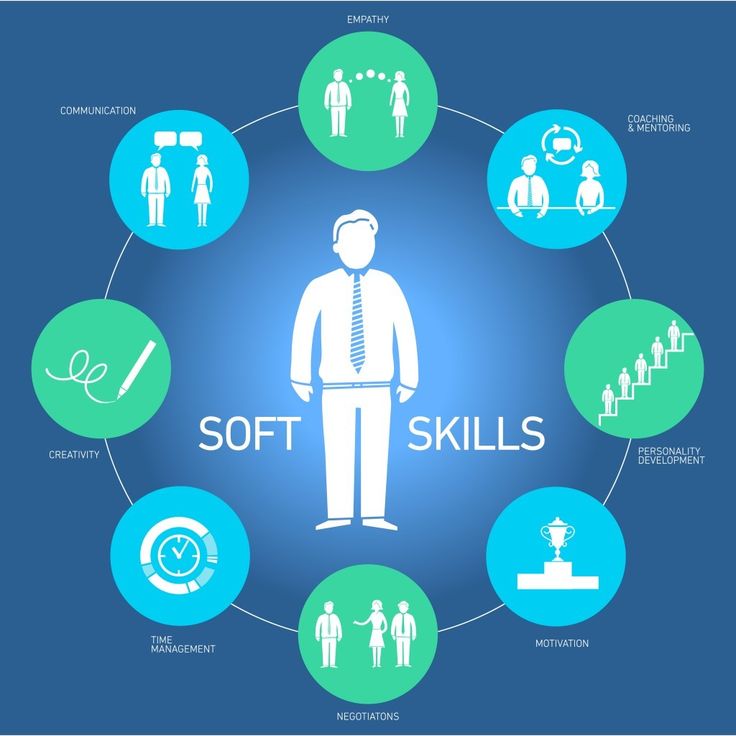 Dreams and fantasies are a familiar world for creative people. But at the same time, they know how to realize their dream, and for this you need not only to soar in the clouds, but also be able to distinguish the real from the unreal, realizable from fantasy. Art is a leap of the imagination into a world different from the present. It is important to be able to create new ideas that go beyond the comprehensible, but capable of creating a new reality.
Dreams and fantasies are a familiar world for creative people. But at the same time, they know how to realize their dream, and for this you need not only to soar in the clouds, but also be able to distinguish the real from the unreal, realizable from fantasy. Art is a leap of the imagination into a world different from the present. It is important to be able to create new ideas that go beyond the comprehensible, but capable of creating a new reality.
Extroverted and introverted
People are usually divided into extroverts and introverts, but creativity requires combining both types of personality, Csikszentmihalyi believes. Every creative person finds his own solution to this dilemma. Creative individuals show signs of both types at the same time. They can be described as equally sociable and quiet, socialized and secretive.
They need interaction with others to get ideas and inspiration, but at the same time they need privacy to think about and realize their creative ideas.
Proud, but modest
Creative people are proud of the result of their work, but they themselves often like to remain in the background. They know their worth, but do not overestimate themselves - they respect colleagues who work in the same field, so creative people like to unite and share ideas. Creative people are usually grateful to their teachers and those who helped them achieve success.
Csikszentmihalyi also drew attention to the fact that creative individuals are sometimes so focused on their next idea that they can forget about their previous achievements and pay no attention to them, sometimes even embarrassed when they are praised.
Creative people are not burdened by rigid gender roles
Creative people are not concerned about stereotypes associated with social and other roles. It can be said that they do not focus on such issues. Men may be more vulnerable than is accepted in society, women are more courageous than society expects from women - but this does not bother them.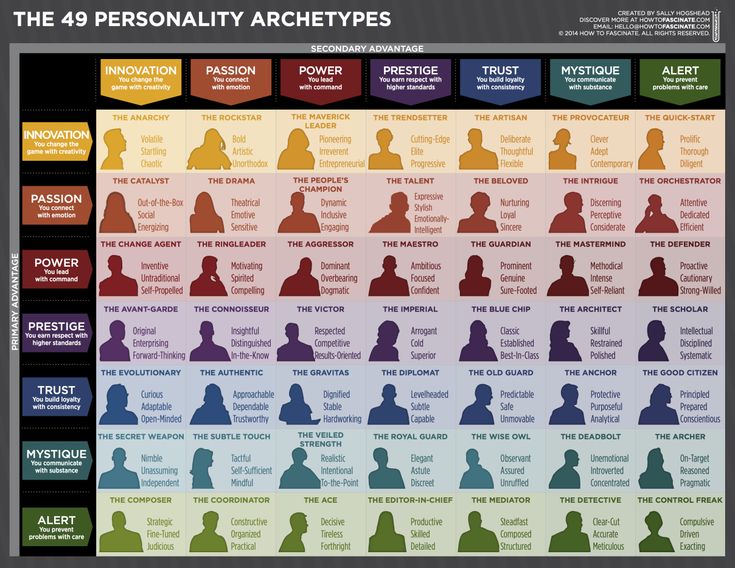
Conservative, but rebellious
A creative person is by definition “out of bounds”. Such people often act as non-conformists or even rebels. But it is impossible for a creative person to create without accepting the current foundations and traditions. Therefore, they demonstrate both conservatism and going “outside the box”.
An unprejudiced view helps to offer the traditional world new and fresh solutions. Innovation is about going beyond and taking risks, but the implementation of the new takes place in the current world, not in the future.
Passionate and purposeful
A passionate person is usually an addicted person who does not feel the shores and boundaries, time and obligation. But creative people are able to get carried away and at the same time not evade responsibility and not deviate from the goal. Passion is needed to draw emotions and ideas, purposefulness is needed to bring them to life.
Creative people don't just enjoy what they do, they have a passion for what they do. But a simple hobby does not always lead to results, and a creative person is able to responsibly bring things to an end and is ready for such a routine in bringing his brainchild to the ideal that any representative of the most routine work will envy.
Sensitive and open to new experiences
Despite the constant experience, sensitivity and impressionability that can lead ordinary people to sadness, despondency and pain, creative people are happy and joyful.
Csikszentmihalyi notes that the birth of something new can also bring criticism, it can be painful, even destructive. Most likely every creative person experienced rejection. However, it takes courage to decide to present your works to the public, realizing that people may not understand, ridicule and reject, or simply ignore their work.
And yet the birth of the new is associated with such a powerful source of joy that the very fact of creation brings happiness to the creator, which is worth any possible pain.